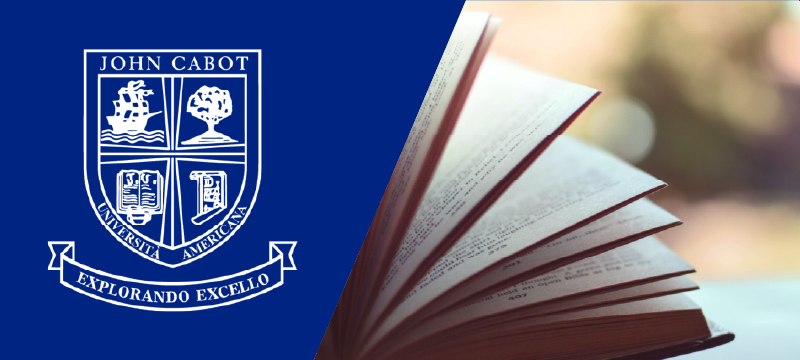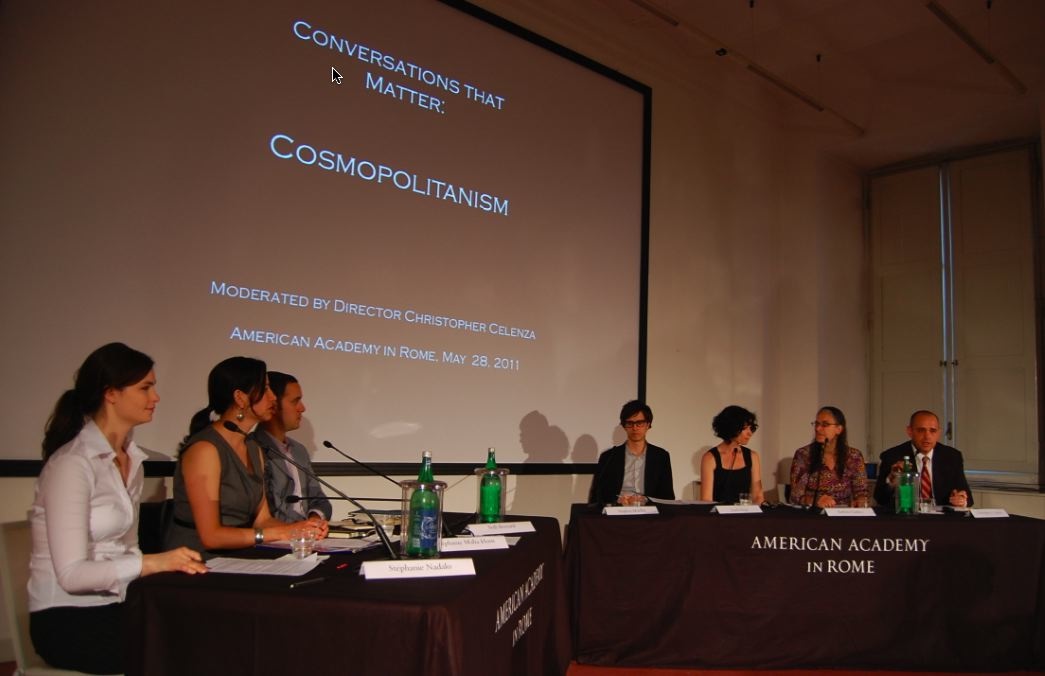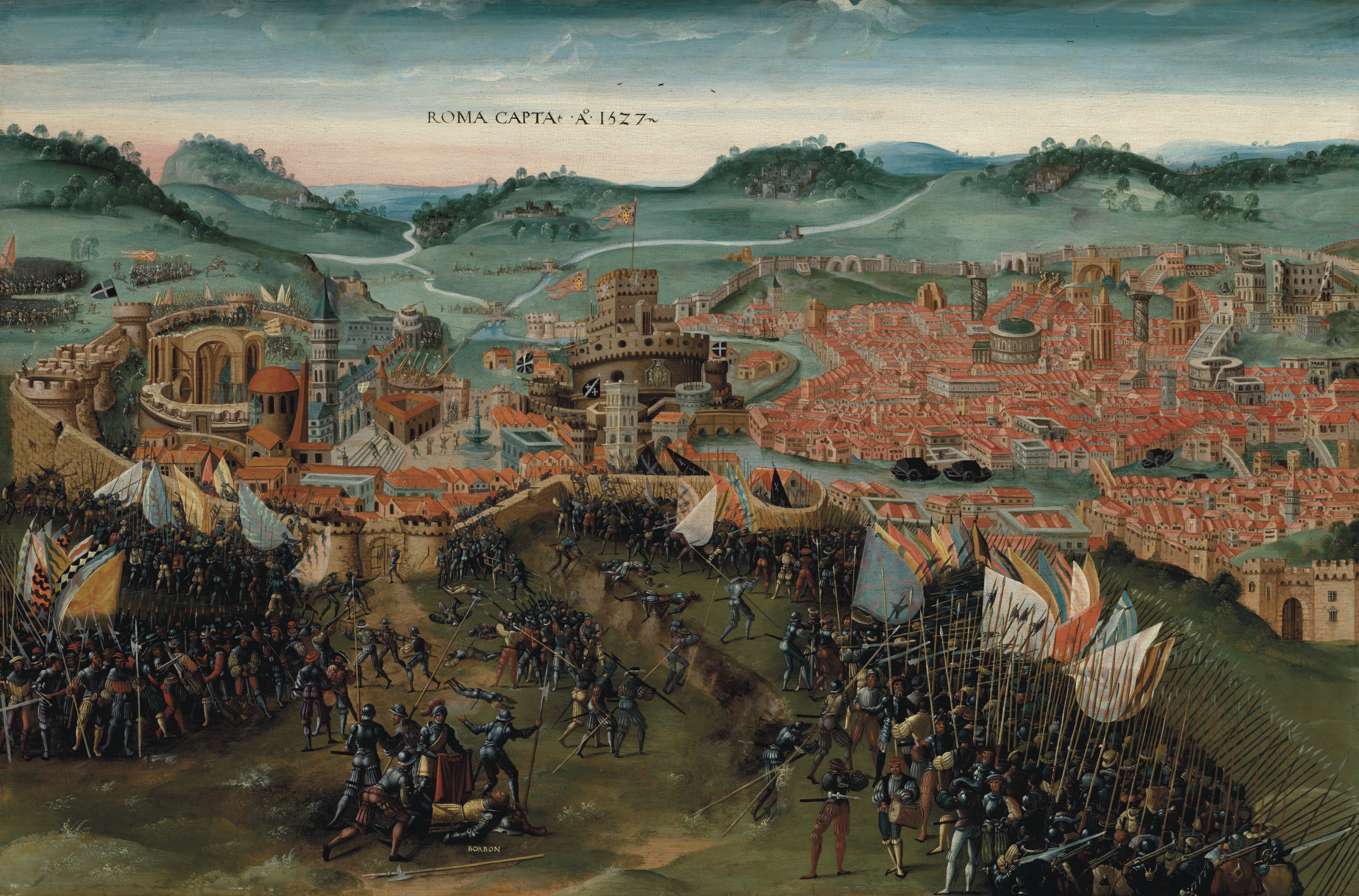Required of all MA students, this course provides a full immersion in research from the primary record, through the analysis of secondary and primary literature, maps, prints, documents, ground plans, photographs, historical guide books, archaeological excavations, monuments and works of art in situ
- Instructor: Lila Yawn



